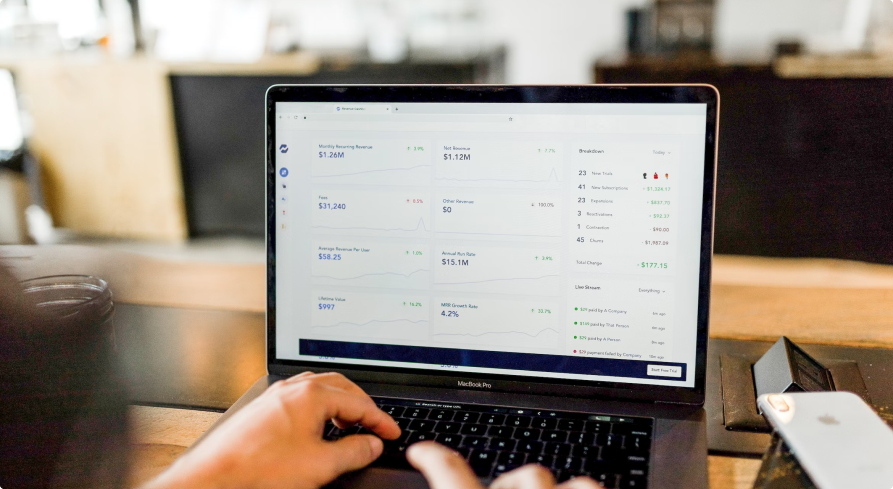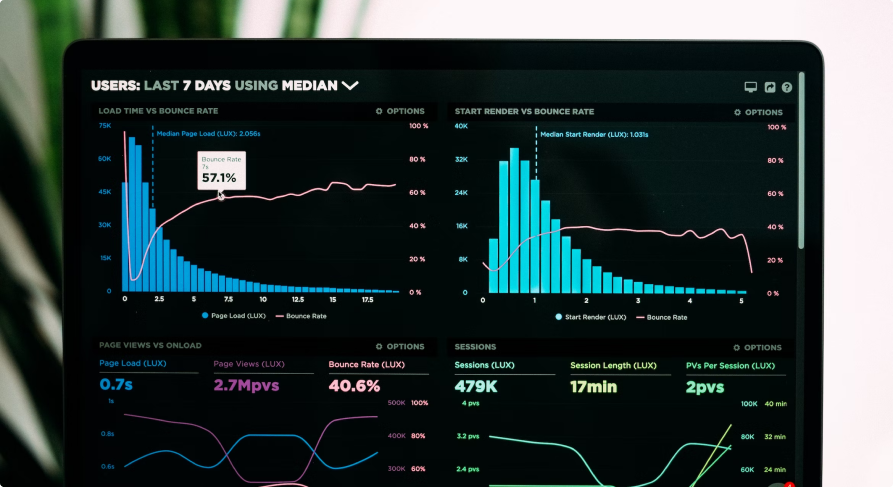Revenue Assurance
1
Overview
How RegTech Assurance works
New trends promote real-time reporting versus traditional tax reporting. Invoices issued by and for the taxpayer are identified as the main building blocks for reporting and thus are mostly affected by the tax reforms.
These reforms need to be handled thoughtfully and carefully. This unfortunately it is not always successful as these new systems are not quickly accepted by the market and stakeholders involved. A comprehensive electronic invoices received in real-time are not enough if the goal is to communicate to the taxpayers that an active system is in place to identify fraud. Revenue assurance means a technology is established to affix each electronic invoice with enough data that validates and confirms information is accurate and well received by tax administration.
Plenty of data is not good enough, but plenty of accurate data is, because the ultimate goal is a pre-filled tax return. A moment when taxpayer receives a bill from Tax Authority for the amount of all taxes due.

2
Our approach
What we did
A “tech only” answer only “paves the cow paths” as Michael Hammer and Thomas Davenport explain in Re-engineering Work: Don’t Automate, Obliterate, HARVARD BUSINESS REVIEW 104-112 (1990, July-August).
“It is time to stop paving the cow paths. Instead of embedding outdated processes in silicon and software, we should obliterate them and start over. We should “reengineer” our businesses: use the power of modern information technology to radically redesign our business processes in order to achieve dramatic improvements in their performance.“
Digital invoice reforms need to be handled thoughtfully and carefully. It needs to be approached with the same level of comprehensive seriousness as would apply to a commercial enterprise that undertakes a tech-based modernization of a fundamental business process.
Successful BPR reforms require that a government authority pre-think, internally vet, and work-over countless fraud scenarios with the audit staff to make sure they “get it right” before it “goes live.” You don’t “just digitize it!” R.T.A.

3
Our result
What we ended up with
Jurisdictions that have enhanced their existing transaction taxes — whether a VAT or retail sales tax — with a real-time security system that automatically encrypts and reports all transactions to the tax authority have seen significant increases in revenue as a result.
When the Revenue Assurance system is fully operational, the resulting revenue boost for the indirect tax alone is rarely less than 20 percent.
Besides revenue impact, the introduction of a Revenue Assurance solution alone can significantly accelerate the data cleansing process if a deadline to comply is coupled with mandatory information supply.
Another benefit is that invoice is issued in online or offline mode and made instantly verifiable on the publicly available website run by the Tax Authority. Such invoice verification is also a foundation of a consumer compliance award program (receipt lottery) which is a proven mechanism used to stimulate consumers to ask for fiscal invoices and increase compliance rate.

1
Industries
Work we excel at
Government tax revenues are threatened on a transaction level with the use of ESS (electronic sales suppression) tools which are extremely difficult to detect, much less prevent, without the assistance of Regulated Technology.
Revenue Assurance solutions must be applied across the board. It is quite misleading that cash-only industries such as retail, hospitality, home renovations, car repairs and similar are the only threat. We have seen evidence of big chain businesses, hotels, the gaming industry, services, wholesalers, e-commerce, telecom operators, and others using different methods to evade tax.
Yes, the Revenue Assurance solution, if chosen correctly, can be implemented to efficiently monitor telecom operators and airline carriers as well as vending machines and flea market sellers.
5
Discover